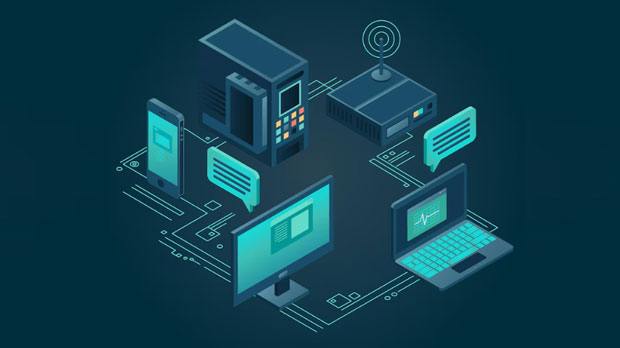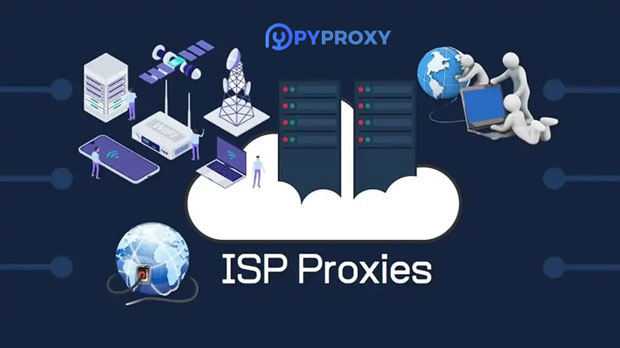With the rise of cybersecurity concerns, there is a growing interest in understanding how different types of IP addresses affect our online privacy and security. One such consideration is whether using a Static Residential IP for accessing HTTPS websites provides better protection than dynamic or data center IP addresses. This article delves into the concept of Static Residential IPs, explores their advantages and disadvantages, and evaluates whether they truly enhance the safety of online activities, especially when browsing HTTPS websites. Understanding Static Residential IPsA Static Residential IP is a type of IP address assigned to a specific device by an Internet Service Provider (ISP). Unlike dynamic IP addresses, which change periodically, a static IP remains constant over time. This provides several benefits, such as consistency in connection and easier remote access. However, residential IPs, as the name suggests, are linked to home networks rather than commercial data centers. These are often perceived as more trustworthy because they mimic the IPs of regular users, as opposed to those coming from commercial servers or data centers.Why Are Static Residential IPs Considered Safer?1. Mimicking Legitimate User BehaviorOne of the primary reasons a Static Residential IP is considered safer for browsing HTTPS websites is because it is less likely to be flagged as suspicious. Since these IP addresses are tied to regular households and not data centers or proxies, they appear to behave like typical user traffic. Many websites and services, particularly those with sensitive data such as banking, prefer users accessing them from residential IPs, as this behavior is typical and less likely to raise alarms about fraudulent activity.Furthermore, websites that use HTTPS encryption are designed to secure communication between the user's browser and the server. However, this security can be compromised if the server detects unusual behavior or suspicious traffic patterns. A static residential IP often avoids triggering such flags, providing a smoother and more secure browsing experience.2. Lower Risk of IP BlacklistingDynamic IP addresses, especially those originating from data centers, are more likely to be flagged and blacklisted if they are associated with malicious activities or spam. Static Residential IPs, on the other hand, are less likely to be blacklisted since they are usually associated with regular internet users rather than automated bots or servers. This means that when using Static Residential IPs, users are less likely to encounter restrictions or blocks while accessing HTTPS websites, reducing the risk of service denial or interruptions.3. Enhanced Anonymity and PrivacyPrivacy is a key concern when accessing websites, especially those that collect sensitive personal information. Static Residential IPs offer a higher degree of anonymity compared to other types of IPs, particularly when browsing HTTPS websites. This is because they are less likely to be traced back to a specific organization or data center. As a result, it becomes more challenging for third parties to track or trace a user’s online activities, providing greater privacy.Moreover, many security measures, such as VPNs or proxies, attempt to mask the user’s real IP address by routing traffic through other servers. While these services can enhance security, they may also degrade browsing performance or be prone to detection by websites with advanced security features. Static Residential IPs, however, provide a natural and seamless way to maintain both privacy and security, ensuring users remain undetected by website security systems.Challenges and Potential Drawbacks of Static Residential IPs1. Risk of Targeted AttacksWhile Static Residential IPs are often seen as more secure, they also present a potential risk: since the IP address remains the same over time, malicious actors can target it specifically. If a hacker or cybercriminal manages to discover the residential IP address, they could use it for persistent attacks such as Distributed Denial of Service (DDoS) or brute-force attacks. This is particularly a concern for users who use the same IP for accessing sensitive information over extended periods.Unlike dynamic IPs, which change frequently and make it harder for attackers to focus on a specific target, Static Residential IPs may give them an opportunity to zero in on one particular address. Therefore, users should be cautious and adopt additional security measures to prevent their IP address from becoming a target.2. Cost and AvailabilityStatic Residential IPs are not as widely available as other types of IP addresses, and they may come with additional costs. Many ISPs offer static IPs only for specific types of users or businesses, often charging a premium for the service. Additionally, obtaining a static residential IP address may require users to sign up for higher-tier service plans, which could increase their overall internet costs.Furthermore, while residential IPs are generally safer, their availability can be limited depending on the geographical location. Users living in areas with fewer residential IP options may face difficulties in accessing secure static IP services.3. Potential for Privacy ConcernsWhile Static Residential IPs provide greater privacy and security, they also present certain risks in terms of personal information exposure. For example, websites and online services can use geolocation data to track the physical location of the user based on their residential IP address. This could inadvertently expose sensitive personal details, especially if the IP address is linked to a specific household or user. Additionally, since Static Residential IPs are associated with residential users, they may be subject to tracking and profiling by advertisers or other organizations that analyze user traffic. As a result, users need to be aware of how their personal data may be used when utilizing residential IPs.The safety of using a Static Residential IP for accessing HTTPS websites depends on various factors, including the user’s specific needs and the level of security they require. In general, Static Residential IPs are considered to be safer compared to dynamic or data center IPs because they mimic legitimate user behavior, reduce the risk of blacklisting, and provide better privacy. However, they come with potential drawbacks, such as the risk of targeted attacks and additional costs.For users looking to maintain a high level of privacy and avoid detection by website security systems, a Static Residential IP offers a strong advantage. However, they should also take appropriate precautions to safeguard their IP address and use additional security measures to protect against potential cyber threats. Ultimately, while Static Residential IPs do provide enhanced security for HTTPS browsing, users should weigh the benefits and risks based on their individual needs and circumstances.
Sep 08, 2025


































































